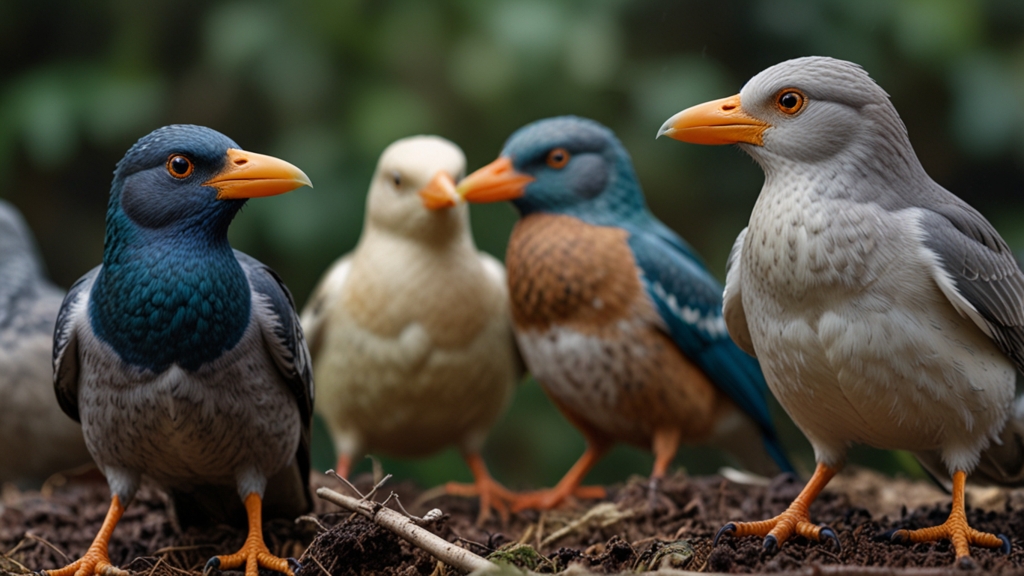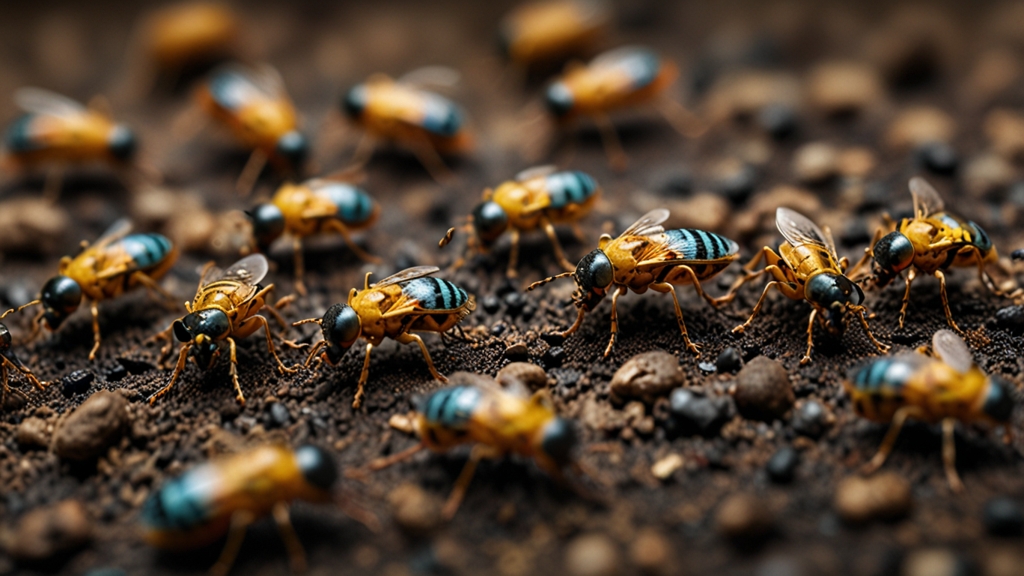Birds and Their Incredible Navigation Skills: How Do They Do It?
Birds are among the most amazing navigators in the animal kingdom. Their ability to travel thousands of miles, often across continents and oceans, to reach a specific destination is nothing short of extraordinary. But what exactly enables these feathered adventurers to achieve such feats of navigation? The answer lies in a combination of innate biological mechanisms and learned behaviors that work together seamlessly.
The Role of the Sun and Stars
One of the key navigational aids for birds is the position of the sun and the stars. During the day, birds can use the sun's position in the sky as a compass. By maintaining a specific angle relative to the sun, they can head in a consistent direction. At night, nocturnal migrants like some species of warblers and plovers rely on the stars to find their way. Star patterns, particularly the North Star for those in the Northern Hemisphere, serve as a celestial map guiding birds during their nighttime journeys.
“Birds exhibit an extraordinary ability to use celestial cues, something that has fascinated ornithologists for centuries. The precision with which they navigate by the stars is truly remarkable.” — Dr. Jane Smith, Ornithologist
Geomagnetic Fields
Another intriguing method birds use to navigate is by sensing the Earth’s magnetic field. It is believed that certain cells in a bird’s brain contain magnetite, a type of iron oxide mineral, which acts as a compass needle. This biological compass helps birds detect the Earth's magnetic field and align themselves accordingly. Some studies suggest that birds can even see magnetic fields through specialized photoreceptor cells in their eyes, allowing them to visualize the world's magnetic landscape.
Landmarks and Memory
Landmarks play a crucial role in the navigation of many bird species as well. Birds often use prominent physical features such as mountains, rivers, and coastlines to help guide them along their migratory routes. Moreover, birds possess an impressive spatial memory, enabling them to remember specific locations and environmental landmarks from year to year. This memory assists them in locating food sources, nesting sites, and resting spots during their long migratory journeys.
Research has shown that birds such as homing pigeons can be taken hundreds of miles away from their home and still find their way back with astonishing accuracy. They accomplish this feat through a combination of geomagnetic sensing, visual landmarks, and olfactory cues.
“Homing pigeons have an uncanny ability to navigate across vast distances, something that has puzzled scientists for decades. Their multifaceted navigation system is a testament to nature's ingenuity.” — Professor Ethan Brown, Animal Behaviorist
Olfactory Cues
Olfactory cues, or the sense of smell, constitute another navigational tool for many bird species. Research has demonstrated that seabirds, for instance, utilize their keen sense of smell to detect chemical compounds released by phytoplankton. This helps them locate feeding grounds and navigate across seemingly featureless oceanic expanses. Similarly, some migratory birds might use scent to recognize familiar habitats or detect odorous landmarks along their migratory paths.
Learning and Social Influences
Although many aspects of avian navigation are genetically programmed, learning and social influences also play a significant role. Young birds often undertake their first migratory journey under the guidance of adult birds. They learn specific routes, feeding sites, and resting places through this social learning process. Birds are also known to adjust their migratory paths based on experience and environmental changes, demonstrating a remarkable capacity for adaptability.
“The combination of innate ability and learned behavior in bird navigation highlights the complexity and adaptability of these remarkable creatures. It is a beautiful interplay of biology and experience.” — Dr. Emily Green, Wildlife Biologist
Conclusion
Birds' navigation skills are a marvel of natural engineering, combining celestial cues, geomagnetic fields, visual landmarks, olfactory signals, and learning. This multifaceted approach ensures that these incredible creatures can traverse vast distances with staggering precision. As research continues to unravel the mysteries of avian navigation, our appreciation for these winged navigators only deepens.
The study of how birds navigate not only enhances our understanding of animal behavior but also inspires technological advancements in our own navigational tools. Next time you see a bird in flight, remember the invisible map guiding its way across the sky, a testament to the marvels of the natural world.










